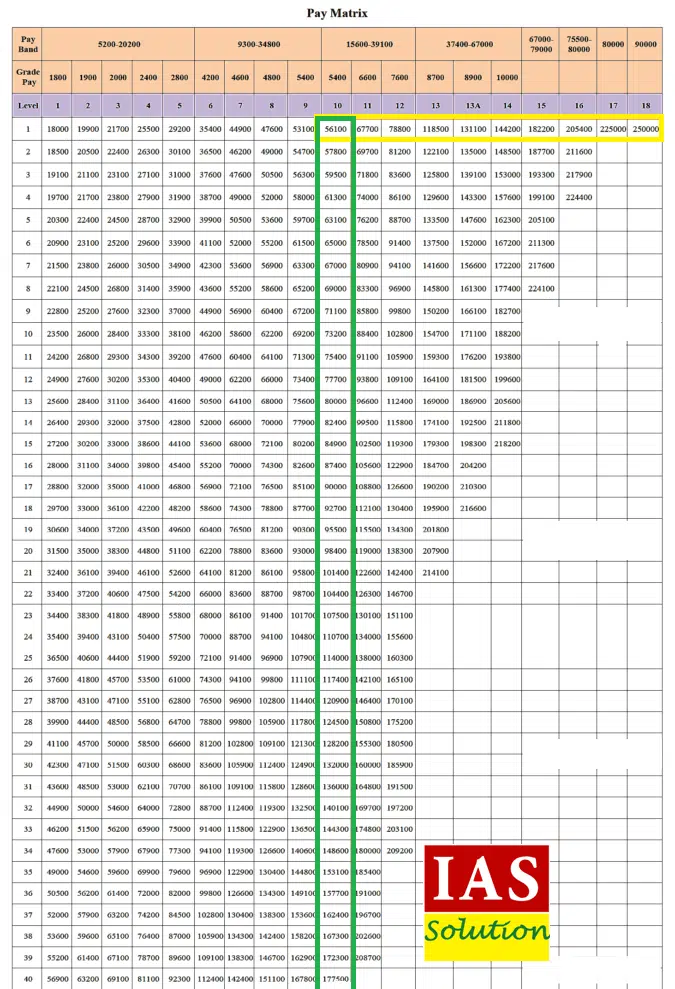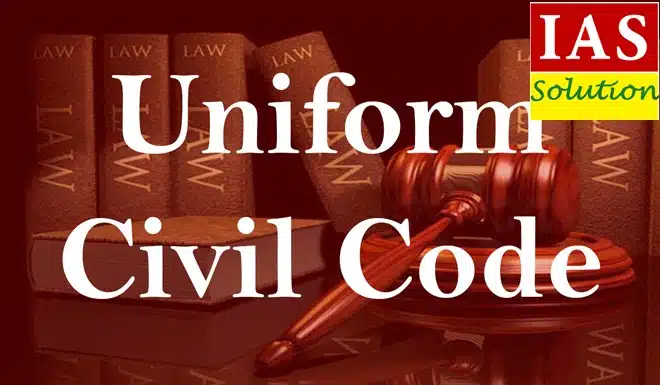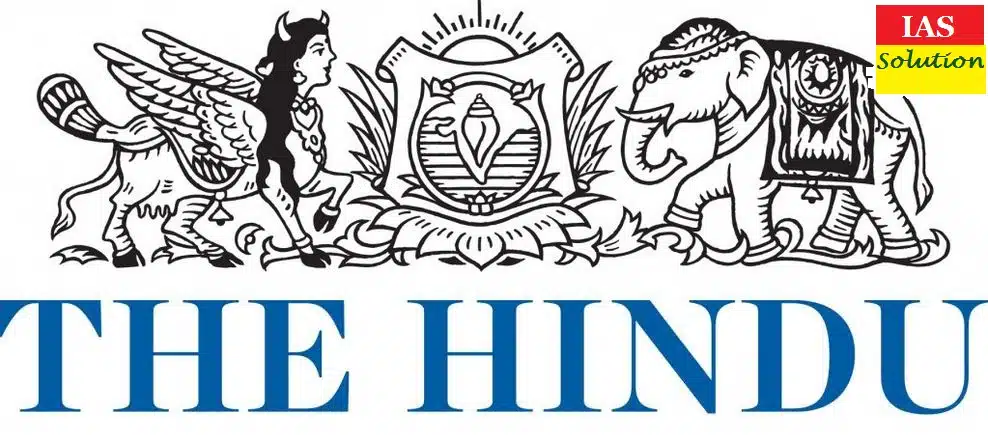Salary of an IAS Officer in India after 7th Pay Commission

The basic salary of an IAS Officer starts at Rs 56100 per month after the 7th Pay Commission. The Senior IAS Officers like Cabinet Secretary rank officers get Rs 250000 per month. However, rather than high income and Pay, this Service offers an opportunity to serve the nation’s people.
The Indian Administrative Service (IAS) is the dream job of every Indian. It is one of the prestigious jobs. In India, people ignore government jobs due to reduced salaries. The fact is different when it comes to the Salary of an IAS officer.
What is the Salary of IAS Officer?
The Cabinet approved the 7th Pay Commission recommendation on 29th June 2016. Now the basic salary of junior-level IAS officers is Rs. 56100 per month. The pay will increase by getting increment year after year. Moreover, the basic salary of the Cabinet Secretary is fixed at Rs.2,50,000. Apart from these, allowances like House Rent Allowance (HRA) and Travel Allowance (TA) cannot be claimed since IAS officers are provided with Government Accommodation and vehicles.
Generally speaking, the seventh pay commission recommended a hike of 14.27% in basic pay. However, the annual increment rate retained at 3%.
However, the basic pay of all Civil Servants (Group A) is the same (Pay Level 10).
Total Salary of IAS Officer in 2025
The above-mentioned figures are basic salaries. You may also be entitled to HRA, DA, and TA.
Firstly, the Dearness Allowance (DA) would start from 0% after the recommendation 7th pay commission. Dearness Allowance is directly linked to inflation. Besides these, the total salary DA portion is more than half of the total salary because sometimes DA touches 100% of the Salary. For instance, the Dearness Allowance touched 107% of the Basic pay of government employees in 2016. In fact, the Dearness Allowance is revised two times every year. The first revision is in January and the Second revision is in July.
Secondly, You will also entitle to get Travel Allowance (TA) to spare for various expenses related to travel.
Thus, it can be clear that the total salary of entry-level IAS officers would be Rs 56100 + DA only because House Rent Allowance (HRA) and Travel Allowance (TA) cannot be claimed since IAS officers are provided Government Accommodation and vehicles.
The structure goes up to Pay Level 18.
IAS Salary structure: Based on 7th Pay Commission Recommendations
7th pay commission introduced a new Pay Matrix system. The pay matrix system consists as many as 18 horizontal levels to take care of the fixation of pay or Promotion. The vertical range for each of these 18 levels is meant for the fixation of pay by providing annual increments.
Apart from these, the 7th Pay Commission has done away with the Pay Band–Grade Pay System (the first two rows are shown in orange color) which existed before. The previous pay bands are for comparison purposes only. The new Pay Levels are highlighted row-wise (1-18) from left to right in the above table. Within the same column, if you go downward, the pay for the next years is mentioned.
- Generally speaking, IAS officers are normally getting a promotion every 4-5 years.
- On the one hand, IAS officers get two extra-increment (6%) when they are Level 11, 12, and 13.
- On the other hand, after level 14 salaries of all officers are the same.
Pay Scale for each IAS Officer
The Pay Levels for each rank are as follows:
- Level 10: (1-4yrs) ASP/SDM/ Asst. Commissioner in IRS
- Level 11: (5-8 yrs) SP/DM/Deputy Commissioner in IRS
- Level 12: (9-12 yrs) SSP/DM (DS in GOS)/Joint Commissioner in IRS
- Level 13: ( 13-16 yrs) SSP/DM (Director in Government of India)/Additional Commissioner in IRS
- Level 13A: (14th yr) DIG (No parallel Scale in IAS or IRS)
- Level 14: (16-24 yrs) IG/Commissioner (IAS/IRS)/JS in GOI
- Level 15: ( 25-30 yrs) ADG/Additional Secretary in GOI/Principal Secretary of State/ Principal Commissioner in IRS
- Level 16: (30-33 yrs) Additional Chief Secretary /DG/Chief Commissioner in IRS
- Level 17: (34-36 yrs) Chief Secretary/DG/Secretary of GOI/ Principal Chief Commissioner in IRS
- Level 18: (37+ yrs) Cabinet Secretary to the Government of India
Also read: How to start IAS Preparation without coaching?
IAS Officers Allowances: Understanding the Perks of a Prestigious Role
As one of the most coveted civil service jobs in India, the Indian Administrative Service (IAS) offers numerous benefits and perks to its officers. Apart from the prestigious position and responsibilities, IAS officers are entitled to various allowances that make their job even more attractive. Let’s take a closer look at some of the key allowances provided to IAS officers.
1. Dearness Allowance (DA):
DA is a cost of living allowance provided to government employees, including IAS officers, to counter the impact of inflation. It is calculated as a percentage of the basic salary and is revised periodically based on changes in the Consumer Price Index. DA is designed to help IAS officers maintain their standard of living in the face of rising prices of essential commodities.
2. House Rent Allowance (HRA):
HRA is provided to IAS officers to cover the cost of rented accommodation. The amount varies depending on the city where the officer is posted, with higher rates in metropolitan cities. IAS officers also have the option to avail government-provided housing, in which case the HRA may not be applicable.
3. Travel Allowance (TA):
TA is provided to IAS officers to cover the cost of official travel. It includes allowances for local conveyance, official tours, and transportation of personal effects during transfers. IAS officers often need to travel extensively for official purposes, and TA helps them meet the expenses incurred in the performance of their duties.
4. Medical Allowance:
IAS officers are entitled to a medical allowance to cover their medical expenses. It may include reimbursement of medical bills, payment of premium for health insurance, and other related expenses. This allowance ensures that IAS officers have access to quality healthcare without incurring significant out-of-pocket expenses.
5. Leave Travel Concession (LTC):
LTC is provided to IAS officers to avail travel concessions for themselves and their families. It allows officers to take leave and travel to their hometown or any place of their choice within India. LTC helps IAS officers maintain work-life balance by providing an opportunity for them to spend time with their families and take a break from their demanding work schedules.
6. Education Allowance:
IAS officers are eligible for an education allowance to support the education of their children. It may include reimbursement of tuition fees, hostel fees, and other educational expenses. This allowance helps IAS officers provide quality education to their children and secure their future.
7. Other Allowances:
IAS officers may also be eligible for various other allowances such as deputation allowance, special duty allowance, and language allowance, depending on their job requirements and postings. These allowances are designed to provide additional financial support and incentives to IAS officers in recognition of their contributions and the challenges they face in their roles.
IAS officers are entitled to a range of allowances that add to the attractiveness of their job. These allowances cover various aspects of an officer’s personal and professional life, including housing, travel, healthcare, education, and more. They are designed to support IAS officers in carrying out their responsibilities effectively and maintaining a decent standard of living. These allowances are a reflection of the government’s commitment to recognizing and rewarding the dedicated services of IAS officers, who play a crucial role in shaping the nation’s governance and administration.
Salary Scale of IAS Officers
- Junior Scales (0-4 years)
- Senior Scales (4-9 years)
- Senior Timescale (4 years+)
- Junior Administrative grade (9 years+)
- Selection Grade (13 years+)
- Super Times Scale(16 year+)
- Above Super Time Scale(25 years+)
Also check: UPSC Exam Syllabus for IAS Prelims, Mains, and Interview
The Perks and Facilities of Being an IAS Officer
1. Official Residence:
IAS officers are often provided with government-provided accommodation, which may vary depending on their posting and rank. This allows officers to have a decent place to stay during their tenure, often located in well-maintained government colonies or bungalows. The quality and size of the accommodation may vary based on the officer’s seniority and posting location.
2. Official Vehicle:
IAS officers are generally provided with an official vehicle for official duties, which includes transportation to and from their place of work, official meetings, and field visits. The type of vehicle may vary depending on the officer’s rank and the requirements of their posting. Having an official vehicle at their disposal not only provides convenience but also adds to the status and authority associated with the role of an IAS officer.
3. Support Staff:
IAS officers are usually provided with support staff, such as personal assistants, clerks, and peons, to assist them in their day-to-day work. This helps officers in managing their workload efficiently and allows them to focus on their core responsibilities. Support staff also assist in managing official communication, scheduling appointments, and other administrative tasks, making the officer’s job more streamlined.
3. Medical Facilities:
IAS officers are eligible for medical facilities, including comprehensive health insurance coverage for themselves and their families. They can avail medical services at government hospitals, dispensaries, or through empanelled private hospitals. This ensures that IAS officers have access to quality healthcare without incurring significant expenses.
4. Pension and Retirement Benefits:
IAS officers are entitled to a pension and retirement benefits after their service period, which includes a monthly pension, gratuity, provident fund, and other retirement benefits. This provides financial security to officers after their retirement, allowing them to lead a comfortable post-retirement life.
5. Security:
IAS officers are provided with security arrangements based on the level of threat perception and their posting location. This may include armed security personnel, security arrangements at their residence and office, and other security measures to ensure their safety and well-being.
6. Education Facilities:
IAS officers often have access to quality education facilities for their children, including admission to reputed schools and colleges affiliated with the government or other recognized educational institutions. This allows officers to provide quality education to their children and secure their future.
In conclusion, being an IAS officer comes with a range of facilities that are designed to support their work and lifestyle. These facilities include official accommodation, official vehicle, support staff, medical facilities, pension and retirement benefits, security arrangements, and education facilities. These facilities are provided to recognize the demanding nature of the job and to enable IAS officers to perform their duties effectively. They add to the overall appeal of the IAS job and make it a highly sought-after career choice for individuals aspiring to serve the country in a meaningful way.
IAS Officers Promotion Chart
| Year | Designation | Years of Service |
|---|---|---|
| 0 | IAS Officer | 0-3 |
| 3 | Deputy Collector | 3-5 |
| 5 | Additional Collector | 5-9 |
| 9 | Joint Collector | 9-12 |
| 12 | Deputy Secretary | 12-16 |
| 16 | Director/Secretary | 16-24 |
| 24 | Principal Secretary/ Additional Chief Secretary | 24-30 |
| 30 | Chief Secretary | 30+ |
Please note that the years mentioned in the table are indicative and may vary based on the rules and regulations of the respective state or central government. Promotions in the IAS are based on various factors such as performance, seniority, and vacancies in higher positions, and may also be subject to changes or modifications over time. This table provides a general overview of the potential career progression of IAS officers, but it’s important to consult official sources or relevant government regulations for accurate and up-to-date information on IAS officer promotions.
IAS and IPS Officers Salaries: Understanding the Differences
Both IAS and IPS officers hold important positions in the government, but there are differences in their salary structure. Let’s explore these differences in simple language.
1. Basic Pay:
The basic pay of an IAS or IPS officer is determined by the Union Public Service Commission (UPSC) and is based on the pay scale and grade pay of the officer’s rank. As per the 7th Pay Commission, the basic pay of an entry-level IAS or IPS officer (i.e., an officer in the Junior Scale) is INR 56,100 per month.
2. Allowances:
Both IAS and IPS officers are entitled to various allowances such as Dearness Allowance (DA), House Rent Allowance (HRA), Travel Allowance (TA), and other perks and benefits, which may vary depending on the posting location and other factors. These allowances are meant to cover expenses related to housing, transportation, and other necessities.
3. Additional Benefits:
In addition to the basic pay and allowances, IAS and IPS officers may also be eligible for other benefits such as medical reimbursement, pension, and retirement benefits as per the government rules.
4. Seniority and Experience:
The salary structure of IAS and IPS officers may also vary based on seniority and experience. As officers gain seniority and move up the ranks, their salaries may increase with promotions and higher responsibilities.
5. Revision and Changes:
The salaries of IAS and IPS officers are subject to revision based on periodic pay commissions and other government policies. These revisions may result in changes in the basic pay, allowances, and benefits of officers.
It’s important to note that the salaries of IAS and IPS officers are determined by the government and are subject to change over time. The actual salary of an IAS or IPS officer may vary based on multiple factors, including the officer’s rank, experience, posting location, and government policies. It’s always advisable to refer to official sources or relevant government regulations for accurate and up-to-date information on the salary structure of IAS and IPS officers.
IAS Officer Salary as per 6th Pay Commission
IAS salary structure contains various Pay Scales: Junior Scale, Senior Scales, Super Time Scale, Above Super Time Scales, etc. Each of the pay scales includes different pay bands.
- Junior Scale: Pay Band: Rs 15600-39100 plus Grade Pay Rs 5400
- Senior Time Scale: Pay Band: Rs 15600-39100 plus Grade Pay Rs 6600
- Junior Administrative Grade: Pay Band: Rs 15600-39100 plus Grade Pay Rs 7600
- Selection Grade: Pay Band: Rs 37400-67000 plus Grade Pay Rs 8700
- Super Time Scale: Pay Band: Rs 37400-67000 plus Grade Pay Rs 10000
- Above Super Time Scale
- Firstly, Rs 37400-67000. Plus Grade Pay of Rs 12000.
- Secondly, the Apex Pay Scale of Rs 80000 (fixed). No Grade Pay.
- Finally, the Cabinet Secretary Grade of Rs 90000 (fixed). No Grade Pay.
Also Check UPSC Prelims Online Test Series to crack Prelims 2024
FAQ related to IAS Salary
A1: The salary of an IAS officer varies depending on their position, experience, and seniority. As of 2024, the starting salary of an entry-level IAS officer at the Assistant Secretary level is around Rs. 56,100 per month, which includes basic pay, grade pay, and dearness allowance.
Q2: What is the IAS Salary after 5 years?
A2: After five years of service, an Indian Administrative Service (IAS) officer typically sees a salary increase due to promotions and standard pay increments. Starting as an entry-level officer, their salary is based on the 7th Pay Commission, beginning with a basic pay of ₹56,100 per month. Over five years, most IAS officers advance to the Senior Time Scale or Junior Administrative Grade, with a basic pay ranging from ₹67,700 to ₹78,800 monthly. Including allowances like DA (Dearness Allowance), HRA (House Rent Allowance), and TA (Travel Allowance), an IAS officer’s total monthly salary after five years of service generally ranges from ₹1 lakh to ₹1.4 lakh, depending on their location and responsibilities. This salary structure, along with additional perks like official accommodation and travel facilities, makes the IAS position both prestigious and financially rewarding.
A2: An IAS officer’s salary increases over time with promotions and seniority. With each promotion, an officer’s salary increases along with their responsibilities. The highest position an IAS officer can reach is the Cabinet Secretary level which has a salary of around Rs. 2.5 lakhs per month.
A4: Yes, IAS officers have to contribute towards the government’s pension scheme and pay income tax, which deducts from their salary.
A5: IAS officers are among the highest-paid government employees in India, along with IPS and IFS officers. However, their salary is lower than that of private sector professionals with similar qualifications and experience.
A6: Yes, IAS officers can earn additional income through their work on government committees or boards, writing books or articles, or giving lectures. However, they are required to obtain permission from the government before taking on any additional work.










Leave a Reply